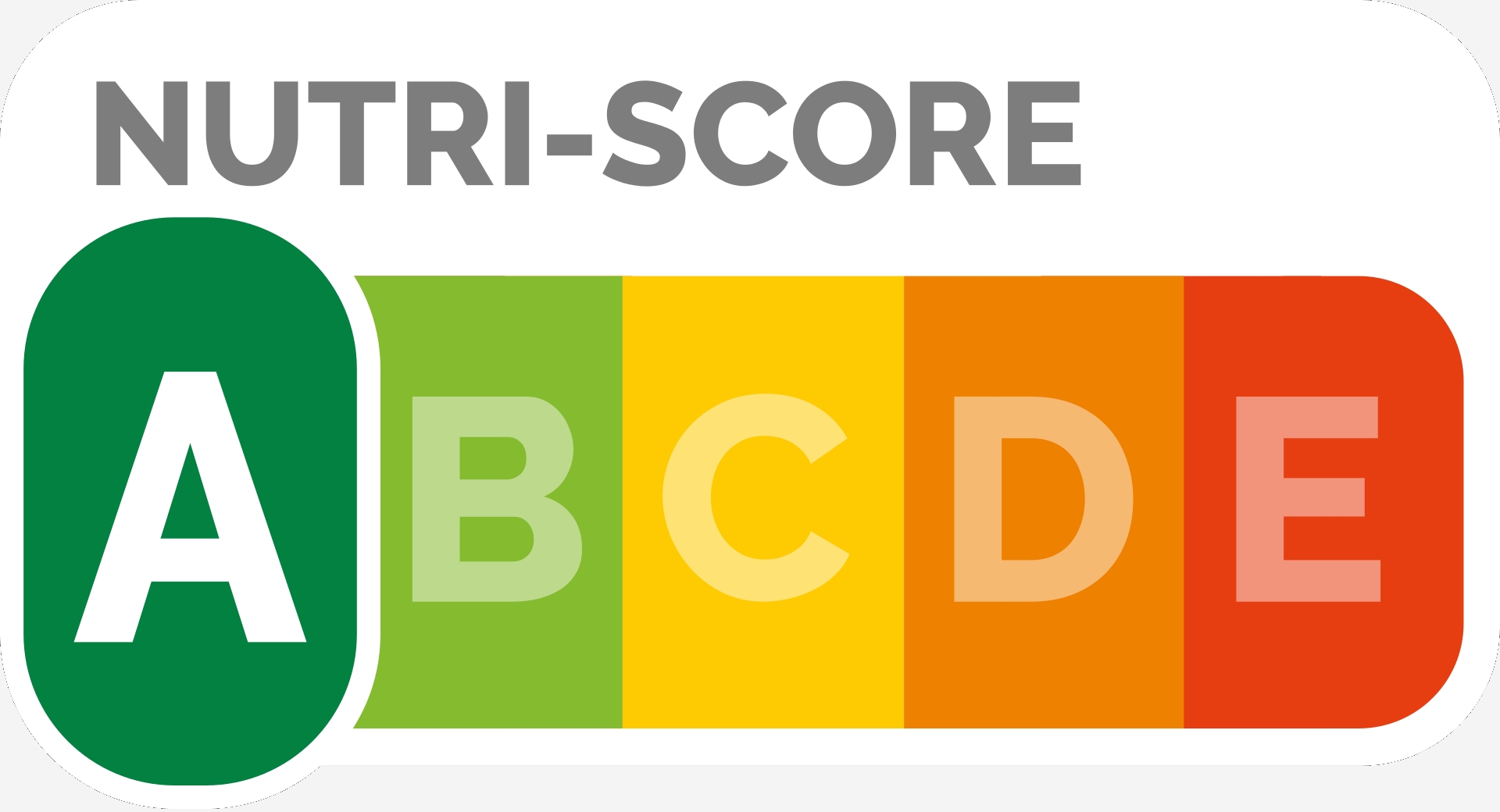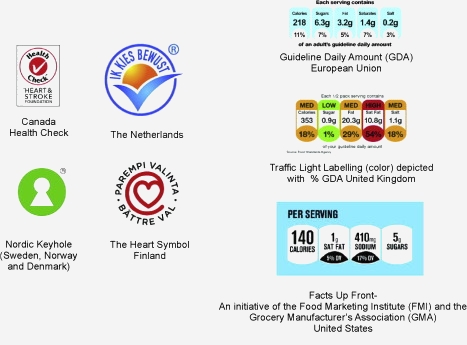Respect for your privacy is our priority
The cookie is a small information file stored in your browser each time you visit our web page.Cookies are useful because they record the history of your activity on our web page. Thus, when you return to the page, it identifies you and configures its content based on your browsing habits, your identity and your preferences.
You may accept cookies or refuse, block or delete cookies, at your convenience. To do this, you can choose from one of the options available on this window or even and if necessary, by configuring your browser.
If you refuse cookies, we can not guarantee the proper functioning of the various features of our web page.
For more information, please read the COOKIES INFORMATION section on our web page.


 After the debate Italy's European Union representation said that a final decision has now been postponed to the second quarter of 2023. In response, a European Commission spokesperson explained: “The proposal for a revision of the Regulation on Food information to Consumers is scheduled for adoption in the coming months. The Commission is still assessing the outcome of the past impact assessment and the consultations it held with Member States and stakeholders. No decision has been taken yet on how sustainable food labelling will be exactly framed and regulated."
After the debate Italy's European Union representation said that a final decision has now been postponed to the second quarter of 2023. In response, a European Commission spokesperson explained: “The proposal for a revision of the Regulation on Food information to Consumers is scheduled for adoption in the coming months. The Commission is still assessing the outcome of the past impact assessment and the consultations it held with Member States and stakeholders. No decision has been taken yet on how sustainable food labelling will be exactly framed and regulated."
 Front-of-pack labelling recommendations
Front-of-pack labelling recommendations


























